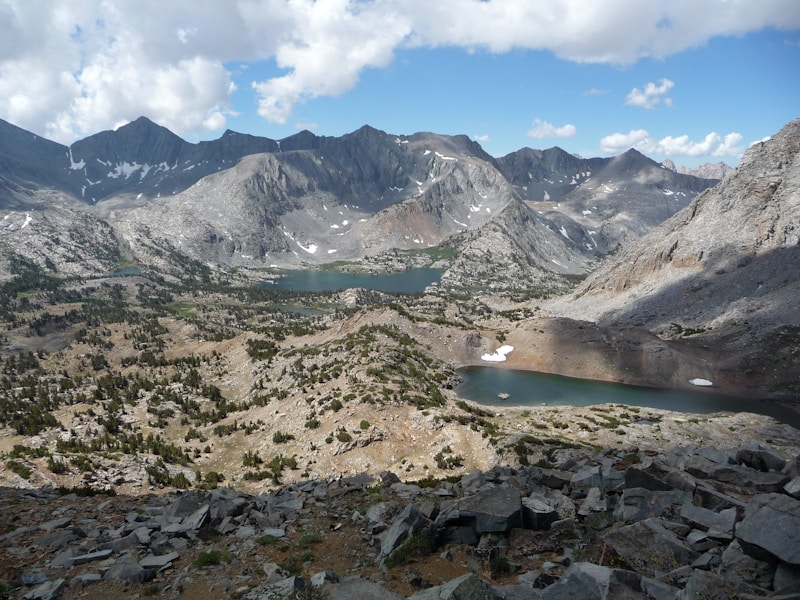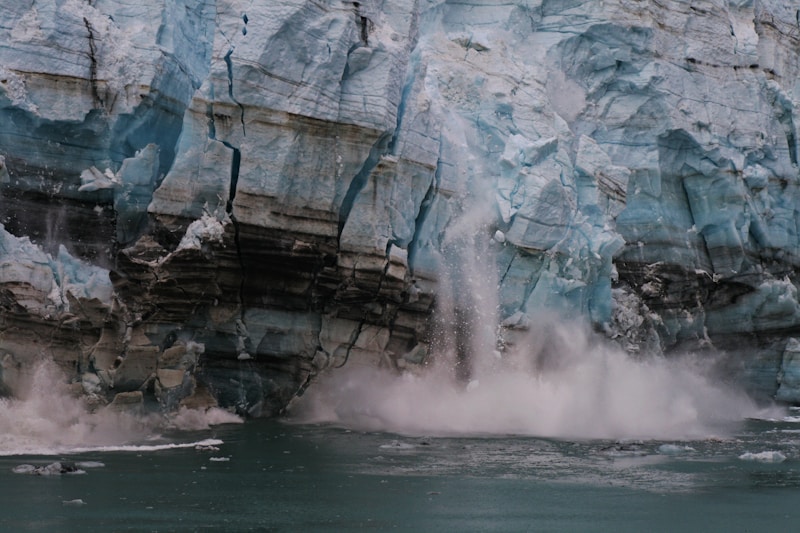18 Questions
Which continent is the focus of the passage?
South America
How many physical regions can South America be divided into?
Three
What is a biome?
A community of animals and plants that spreads over an area with a relatively uniform climate
What is the primary mountain system in South America?
The Andes
Which river basin in South America is defined by dense, tropical rain forest?
The Amazon
What contributes to South America's large number of biomes?
Extreme geographic variation
What is the highest peak in the Andes mountain range?
Aconcagua
Which biome in the Andes is characterized by small, frost- and drought-resistant plants?
Alpine biome
What is the primary biome of the Orinoco River basin?
Llanos savanna
Which river basin covers most of southeastern Brazil and supplies water to the Pampas?
Paraguay/Paraná
Which region is trapped between the cold Peru Current and the Andes Mountains, resulting in the Atacama Desert?
Western coast of Peru and Chile
What is the home to 2 million insect species, 2,000 bird species, and numerous primates?
Amazon rainforest
'The Brazilian Highlands' refer to which highland area in South America?
Brazilian Highlands (1,006 meters average elevation)
'The Patagonia region' is located in which countries?
Argentina and Chile
Which river basin covers 80% of Venezuela and 25% of Colombia?
Orinoco
What is the largest herb found in the alpine biome of the Andes?
Puya raimondii
Which highland area is characterized by high plateaus like the altiplano of Peru and Bolivia?
Andes mountain range
Which river basin supplies water to the Pampas?
Paraguay/Paraná
Study Notes
- The Andes mountain range stretches from the southern tip to the northernmost coast of South America, with hundreds of peaks over 4,500 meters tall, including the highest peak, Aconcagua (6,962 meters).
- The Andes feature high plateaus like the altiplano of Peru and Bolivia (3,700 meters) and the Patagonia region of Argentina and Chile.
- The alpine biome in the Andes is characterized by small, frost- and drought-resistant plants, and the largest herb, Puya raimondii, which can grow over 9 meters tall.
- Outside the Andes, South America has other highland areas: the Brazilian Highlands (1,006 meters average elevation) and the Guiana Highlands.
- South America has three major river basins: the Amazon (7 million square kilometers, feeds the Amazon rainforest), the Orinoco (948,000 square kilometers, home to the Llanos savanna), and the Paraguay/Paraná (2.8 million square kilometers, supplies water to the Pampas).
- The Amazon rainforest has unmatched biodiversity, with 100 different tree species per acre, including the rubber tree, silk cotton tree, and Brazil nut tree. It is home to 2 million insect species, 2,000 bird species, and numerous primates.
- The Orinoco River basin covers 80% of Venezuela and 25% of Colombia, and its primary biome is the Llanos savanna, which is home to various bird species, including the scarlet ibis, bellbird, and umbrellabird.
- The Paraguay/Paraná River basin covers most of southeastern Brazil and parts of Bolivia, Paraguay, and Argentina. It is the water source for the Pampas, the most important grazing and cropland areas on the continent.
- South America has coastal plains, found on the northeastern coast of Brazil (extremely dry) and the western coast of Peru and Chile (trapped between the cold Peru Current and the Andes Mountains, creating thermal inversion and resulting in the Atacama Desert, the driest region in the world).
Test your knowledge of South America's physical geography, environment, resources, and human geography with this overview quiz. Learn about the continent's mountains and highlands, river basins, and coastal plains.
Make Your Own Quizzes and Flashcards
Convert your notes into interactive study material.




